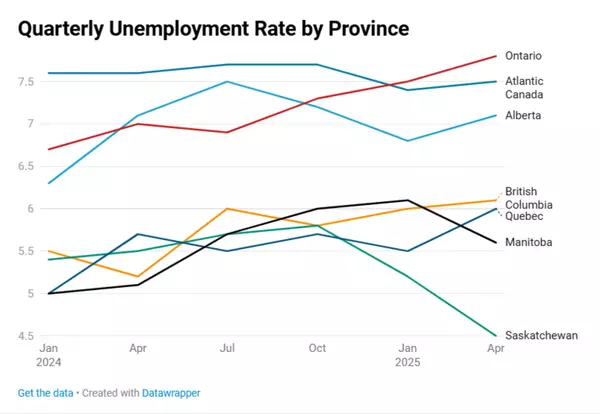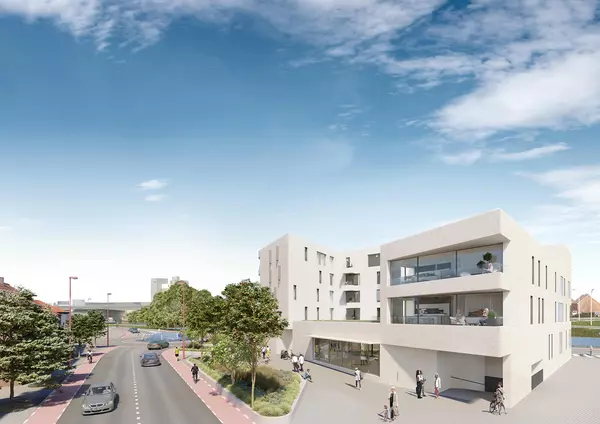How to Market and Manage Winter Vacation Properties in Canada
Marketing and managing winter vacation properties in Canada presents a unique set of challenges and opportunities that require strategic planning, tailored approaches, and a deep understanding of seasonal dynamics. These properties, which feature winter landscapes and recreational activities, attract a clientele looking for comfort, accessibility, and an authentic seasonal experience. Crafting a successful approach involves addressing these expectations while ensuring operational efficiency throughout the year.
Market Dynamics of Winter Vacation Properties
Winter vacation properties are influenced heavily by climate, geography, and the appeal of winter sports and activities. Regions like Whistler, Banff, Mont-Tremblant, and the Eastern Townships offer well-established reputations as winter destinations, drawing visitors looking to ski, snowboard, snowshoe, skate, and enjoy other outdoor pursuits. This will shape both demand patterns and marketing tactics.
The high season typically spans from late November to early April, peaking around holidays and school breaks. Outside these months, demand can drop if a property does not also offer summer or shoulder season activities. These properties may attract short-term visitors seeking weekend getaways or longer stays, even for the entirety of the season. A nuanced understanding of guest profiles is essential, and marketing efforts and operational plans must account for these fluctuations.
Alternative Winter Recreation Destinations to Consider
Beyond the well-known hubs like Banff or Whistler, there are other emerging winter recreation destinations in Canada that present promising opportunities.
Horseshoe Valley, about an hour north of Toronto, offers a compelling alternative with its mix of skiing, snowshoeing, and snowmobiling, appealing to visitors from the Greater Toronto Area seeking a convenient winter escape. Other such areas include Blue Mountain near Collingwood, known for its extensive ski terrain and family-friendly atmosphere, and the Muskoka region, where winter activities like ice skating, snowshoeing, and winter hiking draw visitors looking for a quieter, nature-focused retreat. Expanding focus to these less saturated but well-trafficked destinations can diversify appeal and tap into local winter tourism markets often overlooked in favour of the classic mountain resorts.
Tailoring Marketing Strategies for the Winter Season
Effective marketing of winter vacation properties starts with positioning the property as a gateway to the seasonal experience. The messaging must evoke the allure of winter, highlighting proximity to ski slopes, winter hiking trails, ice skating rinks, and other local attractions. High-quality visuals capturing snow-covered landscapes, cozy interiors with fireplaces, and warm, inviting spaces are essential to attract attention.
Digital platforms remain the cornerstone of reaching potential guests, while social media channels offer targeted advertising opportunities, allowing the promotion of seasonal specials or early booking discounts to specific demographics likely to travel in winter. Collaborations with local businesses, such as ski schools, equipment rentals, or restaurants, can amplify reach through cross-promotion and embedding it in the winter community.
Moreover, listing the property on specialized vacation rental platforms that cater to winter travellers increases visibility among the right audience. Attention to reviews and guest feedback on these platforms helps build credibility and trust, which are critical for repeat bookings and referrals.
Highlighting Unique Selling Points in Winter
Winter vacation properties must emphasize features that enhance comfort and convenience during colder months. Reliable heating systems, insulated windows, and well-maintained driveways or access roads become key selling points. Amenities like hot tubs, saunas, or mudrooms for storing snow gear significantly improve the guest experience.
Access and transportation logistics also matter. Properties that offer shuttle services to ski lifts or that are within short driving distance of main winter attractions are particularly attractive. Ski-in/ski-out or walkable properties are even more in demand. Detailed communication about how to navigate winter roads and available local services, such as snow removal, helps reduce guest anxiety around winter travel.
Attention to interior design makes a difference in creating an attractive, cozy retreat. Even for visitors expecting to be busy every day, it is important to offer a warm and welcoming place to return to. Warm lighting, plush furnishings, and décor that reflects the surrounding natural environment create an inviting atmosphere. Offering entertainment options for indoor downtime, such as board games, streaming services, or fireplaces, contributes to a well-rounded guest experience.
Managing Seasonal Operations and Maintenance
Operational management of winter vacation properties demands proactive maintenance and attention to weather-related issues. Ensuring that heating systems are regularly serviced and efficient can prevent emergencies during guest stays. Winterizing plumbing to avoid frozen pipes and maintaining roof integrity to handle snow loads are critical preventive measures.
Snow removal is one of the most visible and essential services for winter properties. Prompt clearing of driveways, walkways, and entryways not only guarantees guest safety but also ensures property accessibility. Contracting reliable local snow removal services or having in-house staff trained to handle winter conditions is a common practice. Opting for a unit within a larger, professionally managed property rather than a standalone home can significantly reduce the seasonal workload, as services like snow removal, routine maintenance, and emergency support are typically handled on-site, ensuring consistent upkeep and minimizing owner involvement.
In off-season months, maintenance can shift focus to repairs, deep cleaning, and upgrades, allowing the property to remain competitive for the next winter cycle. Seasonal downtime offers an opportunity to implement energy-saving measures or refurbishments that improve overall appeal.
Leveraging Technology for Efficiency
Technology can help manage winter vacation properties efficiently. Remote monitoring systems for heating, security, and energy use allow for timely interventions and reduce operational costs, such as when a renter leaves the heat excessively high or turns it down too low when an extreme cold snap sets in, risking freezing lines. Automated booking and messaging platforms streamline guest interactions.
Technology also supports data-driven decision-making. Tracking booking patterns, guest preferences, and maintenance issues over several seasons can inform pricing strategies, marketing focus, and operational priorities.
Navigating Regulatory and Community Considerations
Winter vacation properties in environmentally sensitive areas or tight-knit communities make awareness of local regulations governing property use, rental licensing, noise restrictions, and waste management essential for compliance and maintaining good relations. Engagement with community stakeholders, such as local tourism boards or neighbourhood associations, can provide support and insights.
Adapting to Changing Climate and Sustainability Trends
Climate variability increasingly affects winter vacation properties, with fluctuating snowfall patterns impacting the length and quality of the winter season. Diversifying the appeal of the property to include off-season activities such as hiking, fishing, or cultural events can mitigate risk and maintain occupancy year-round.
Shifts in traveller preferences toward sustainable tourism and authentic local experiences also influence marketing and management approaches. Highlighting eco-friendly features can differentiate the property in a competitive market.
Through intentional positioning, winter recreational properties can achieve sustained appeal and operational resilience. As climate and market conditions evolve, adaptability and proactive management remain key to optimizing performance and guest satisfaction throughout the winter season and beyond.
Recent Posts










